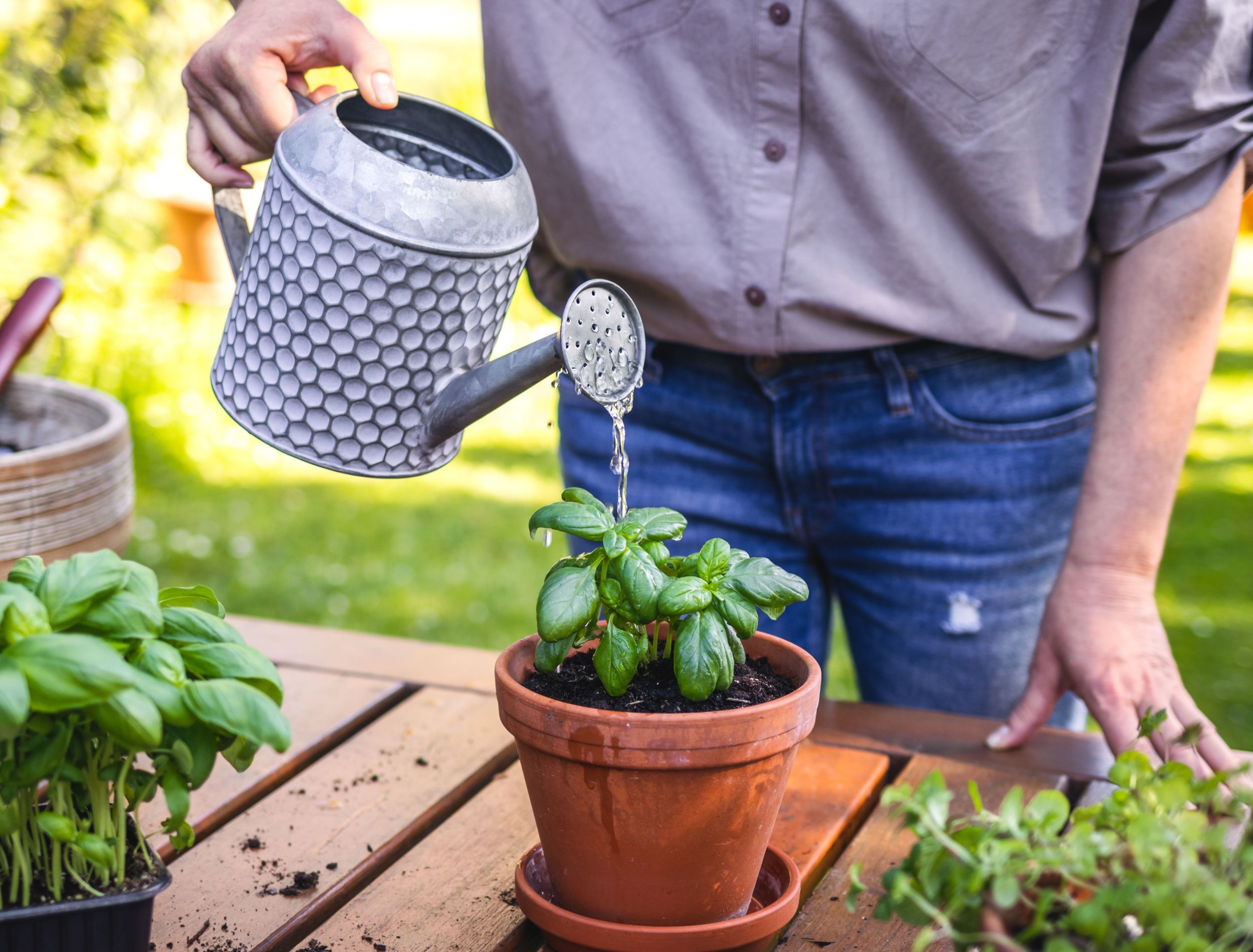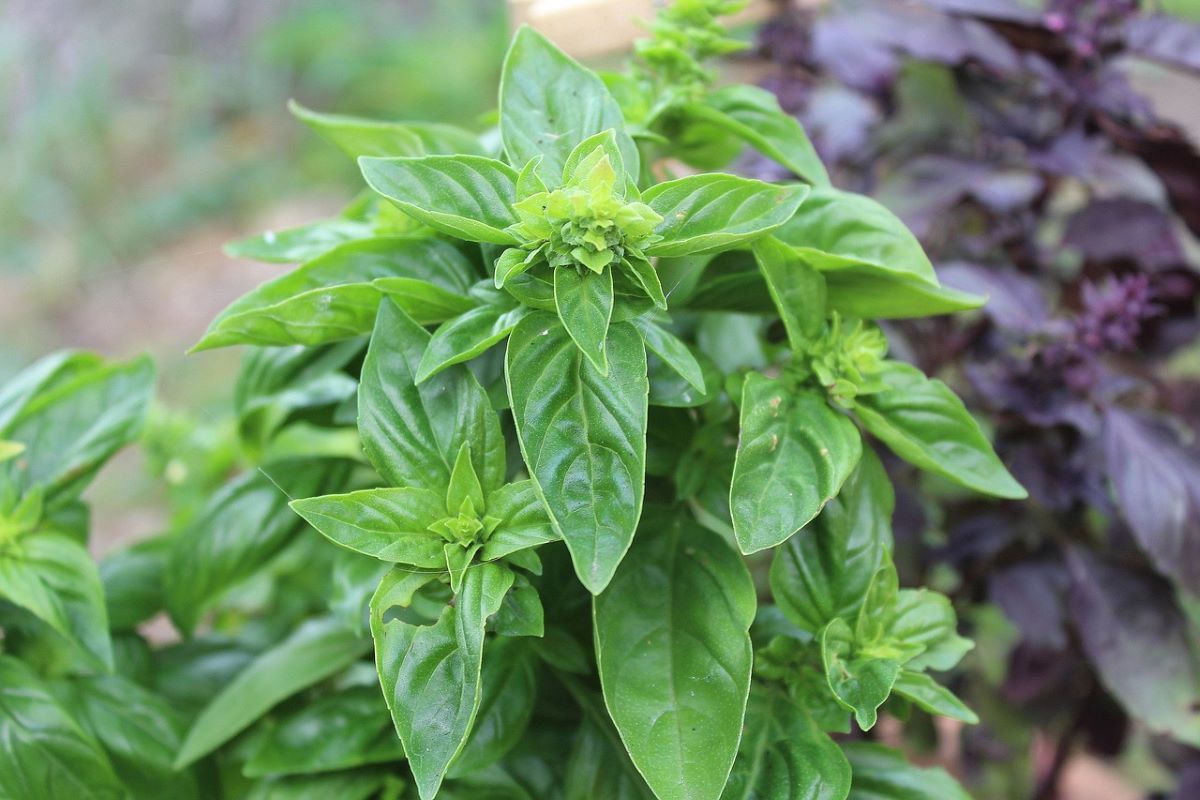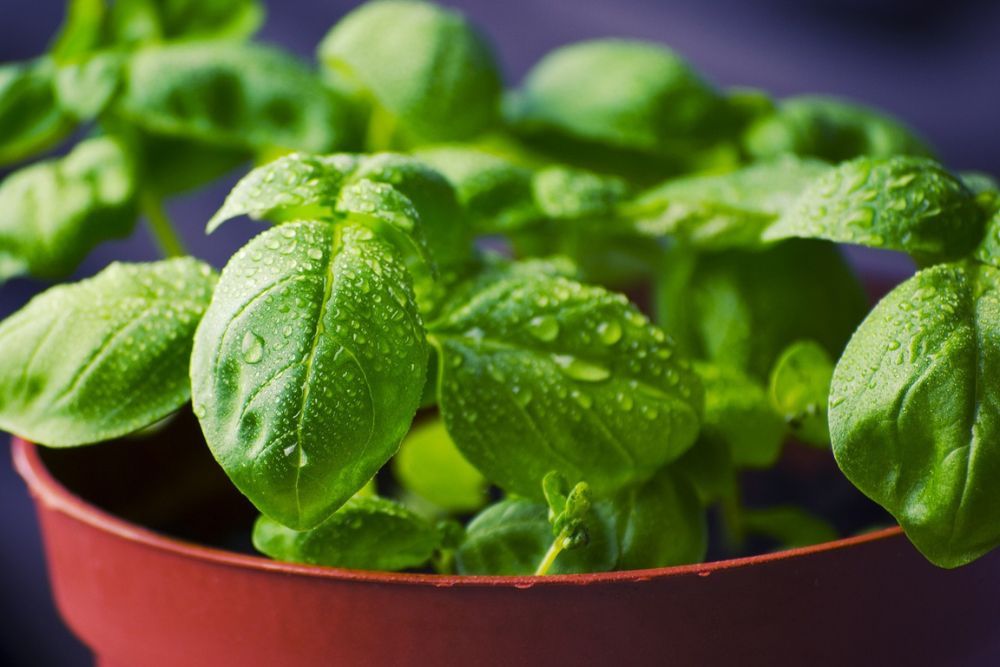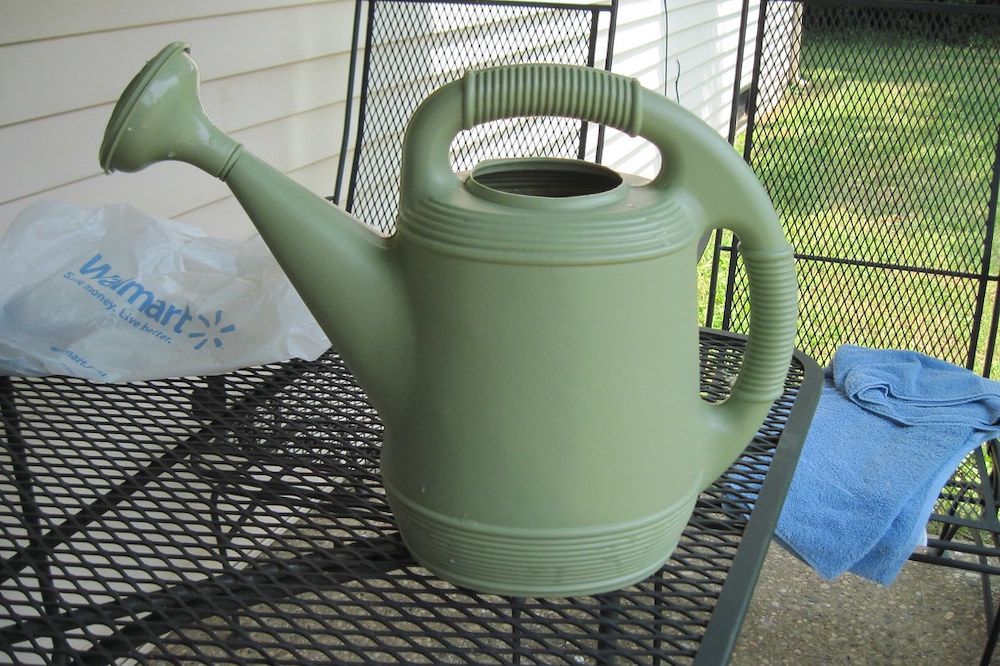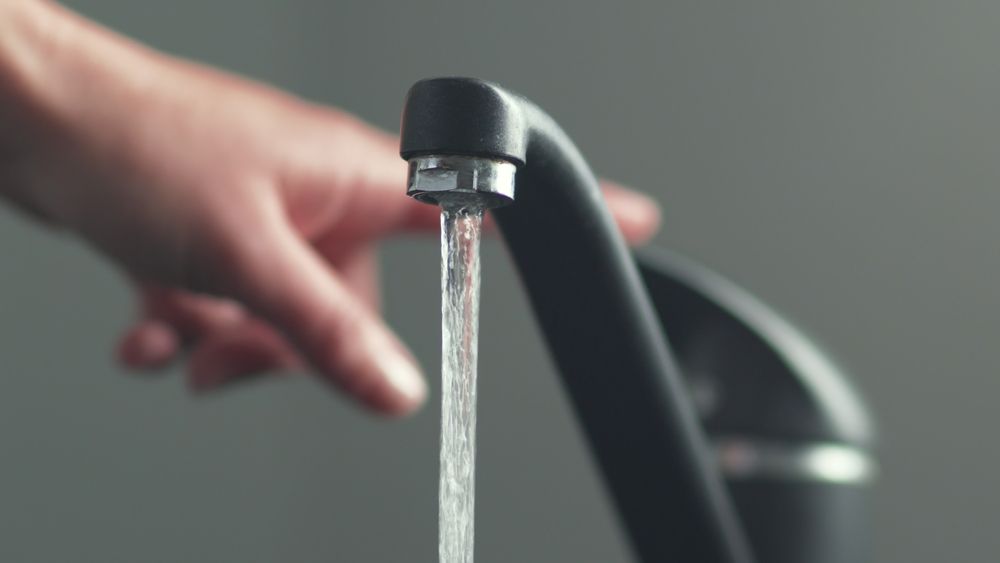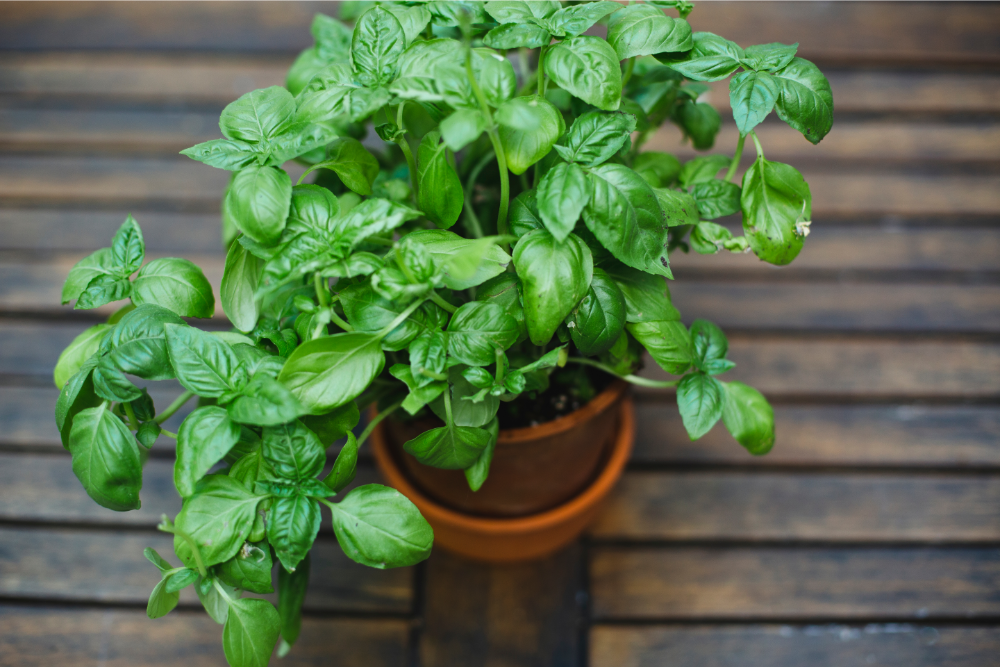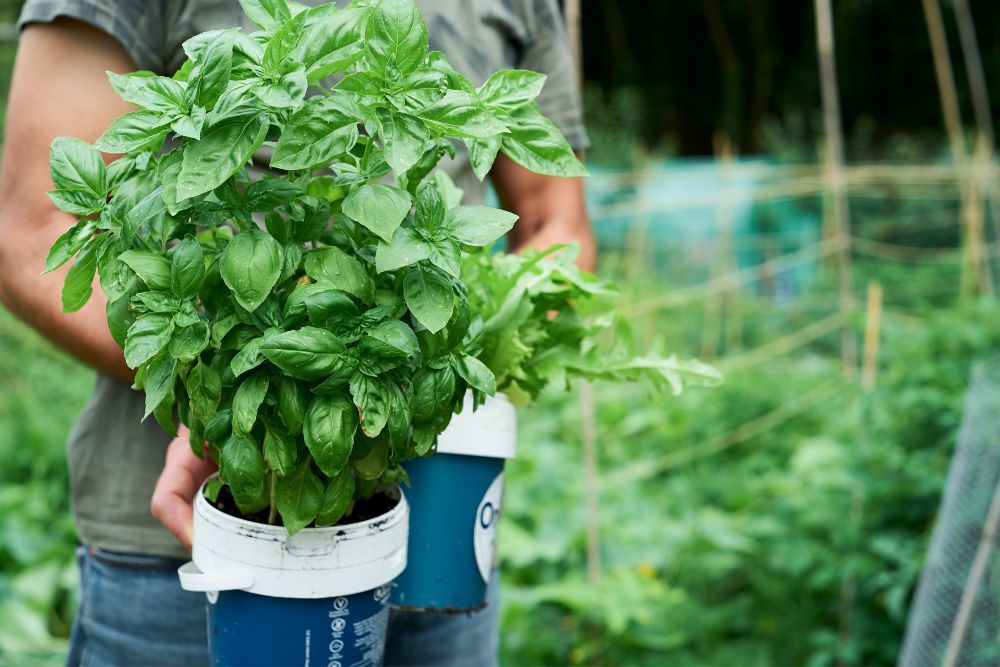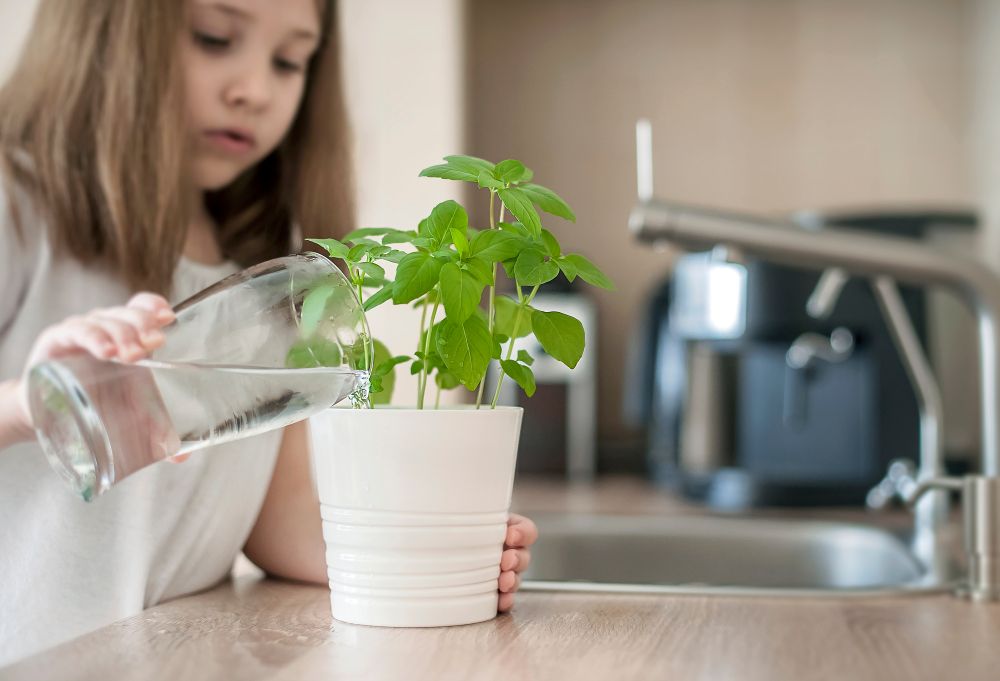Growing your own herbs, like basil, is a great way to bring life and flavor into the kitchen. Whether you choose to cultivate it in a pot outside or tend to its needs indoors year-round, there's just something special about having this fragrant herb available when you need it most.
But with every living thing comes responsibility. Making sure your basil receives adequate moisture — enough so its leaves remain vibrant and flavorful — deserves attention.
Discover some best tips for understanding how often to water your basil plants for maximum deliciousness!
Benefits of Basil
Basil is one of Mother Nature's most versatile and beneficial herbs. This herb grows naturally in the islands of the South Pacific, Middle East, Africa, the Caribbean, South America, and southern Asia, and people use it in plenty of Mediterranean dishes.
Basil is a powerhouse of vitamins and minerals. It contains Vitamin A, Vitamin K, iron, and calcium. As well as being an excellent source of these nutrients, basil also provides many health benefits. Basil also has antibacterial and anti-inflammatory properties that help reduce inflammation in the body, alleviating symptoms such as arthritis pain.
On top of all these health benefits, basil is great to incorporate into meals and recipes. You can add it to salads, pastas, pizzas, and so much more. It adds a delicious savory flavor that complements many dishes.
How Often Should You Water Basil?
Basil is an herb that appreciates moist soil, however overwatering leads to root rot and other issues. Depending on your climate and the type of container you are using, there are a few general rules for watering your basil plants.
Garden Bed
If you're growing basil in garden beds with adequate drainage, water it deeply with 1 inch of water every seven to 10 days. Allow the top inch of soil to dry before watering again.
Potted Basil
Container-grown plants dry out much faster than those planted directly into garden beds, so you need to water them more often. Check the top 1 inch of soil. If it's dry, give your basil 1 inch of H2O. This could mean watering as often as twice a week, maybe more in a heatwave as hotter temperatures lead to faster evaporation.
Tips on How to Water Your Basil
To ensure your basil plant stays healthy and produces flavorful leaves, it's important to practice good watering habits.
Choose the Right Vessel
When you're watering your basil, use a vessel with a spout or nozzle so you can accurately control the amount of water going into the soil. A standard watering can works fine, but it might be easier to use something like a garden sprayer or hose for larger plants. Whatever vessel you decide upon, avoid overhead watering, as this may cause fungal diseases like powdery mildew.
Use Room Temperature Water
Whenever possible, use room temperature water to water your basil. Cold water may shock the plant, and this could damage the plant itself. If you need to use cold water, let it sit for a few hours before using it on your basil plants.
Proper Drainage
If your plant is in a pot, choose ones with drainage holes in the bottom so excess water escapes. If your container does not have these holes, you need to be careful not to overwater, as there is nowhere for the extra moisture to go. You can also poke holes in the bottom of containers that lack this feature.
Don't Overwater
The most important part of watering your basil is to remember not to overwater it. As mentioned, too much water causes root rot that quickly kills off your entire crop of herbs! If you are over watering your plant it may experience yellowing or wilting leaves.
When in doubt, feel the soil with your finger. If it's damp or cool to the touch, then there is no need to add additional moisture.
Be Careful in the Summer
During hot summer days, be especially careful when watering your basil plants as they are prone to drying out quickly in these conditions. Monitor the soil's moisture level and make sure you give it a good drink of cool water every few days or so.
Never Overwater Your Plant Babies Again
Taking care of basil is a great way to get creative with your cooking and show off your green thumb. Watering it correctly ensures you have the most flavorful and robust-looking plants. With a few simple tips, you keep your basil hydrated and ready at all times. Just remember to water only when the top inch of soil is dry, avoid overhead watering, use lukewarm water, and give extra attention to outdoor plants in hot weather.
Now that you're an expert on how often to water basil, why not share this knowledge with friends and family? Start a gardening tradition by planting an herb garden together — full of healthy and tasty basil!

